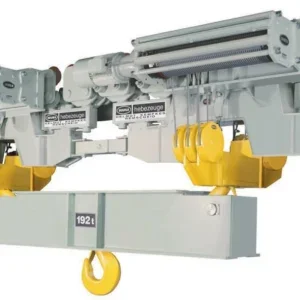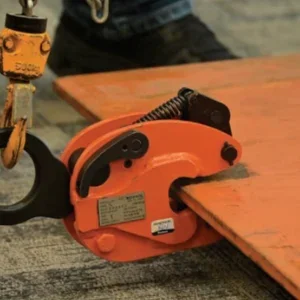
Before exploring the key differences, let’s remind ourselves what lifting and spreader beams are, and then examine why they are certainly not interchangeable.
The two primary considerations when deciding whether a lifting or spreader beam is required are headroom and load stability related to centre of gravity location.

Both come into play when a load that cannot be handled by a single pick point needs to be lifted. They are also similar in that the primary purpose of using either is to create balance and stability when the load is in the air. You could also argue that both are long, horizontal, below-the-hook rigging products.
Both can be modular, and either can be manufactured from standard steel or composite materials. It’s also true that you can use either for off-centre loads, even if the methods of achieving this are different.
That’s where the similarities end. Here are four key differences:
- Lifting beams are designed for a bending moment whereas spreader beams that incorporate top rigging are designed for a compressive load. Thus, lifting beams have a single, central lifting point at the top, whereas spreader beams have a top sling.
- A rigger can gain additional capacity using a spreader beam versus a lifting beam because of the decreased dead load of the lifting device, while considering the rated capacity of the crane or hoist. With a spreader beam, the top rigging will support most of the load in its hardware. Standard spreader beams are manufactured up to 130t capacity; lifting beams to 40t capacity.
- A lifting beam has a lower headroom because of the absence of top rigging, as required by a spreader beam. It is for this reason that many people think of spreader beams being used outside where headroom or vertical clearance isn’t an issue. Traditional lifting beams are commonly used indoors where users have headroom considerations, and the load is balanced and stable. The stability of a spreader beam is a result of this taller headroom too, plus a lower centre of gravity from the crane hook attachment to the point of the assembly (lifter and load). To add stability to a lifting beam, a second bail can be used if there are two cranes to vertically hoist the lifting beam and load. Typically, twin bails require two cranes to lift. Twin bails shall not be used for angled top rigging (unless designed for this) due to the angles and forces that the beam will see.
- Spreader beams are often lighter weight for the loads versus a spreader beam, due to the design and top rigging.






